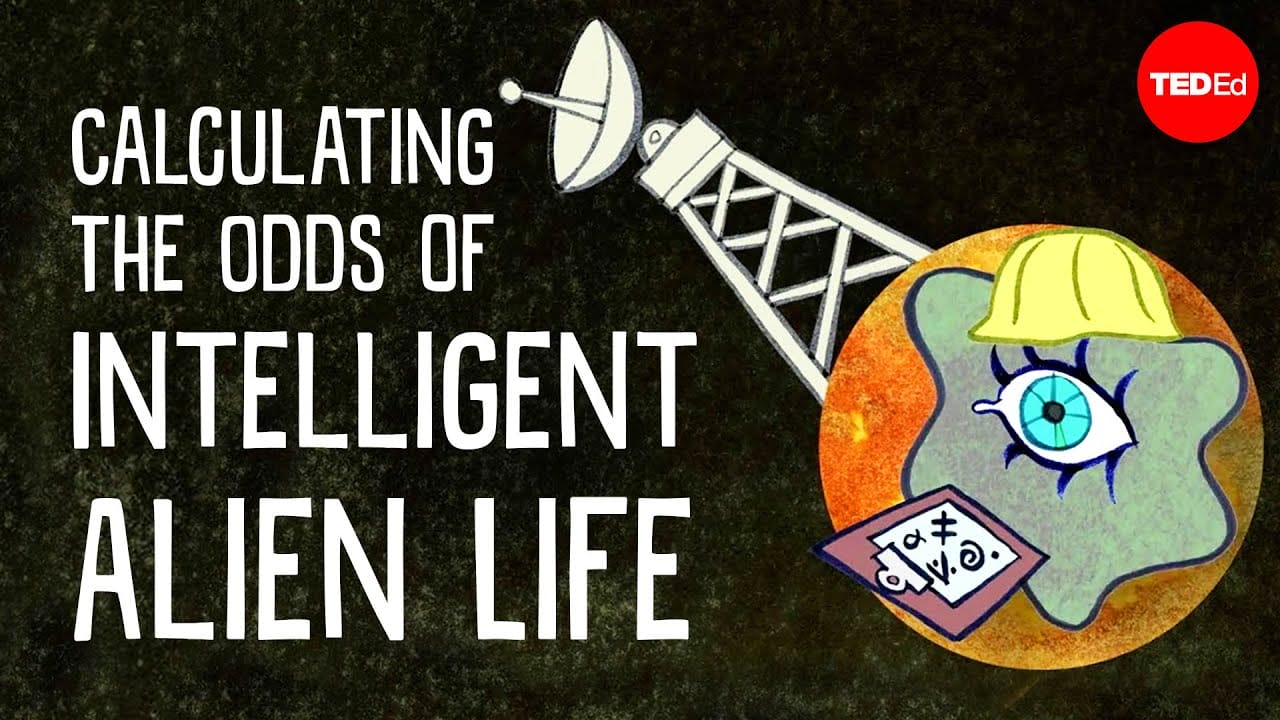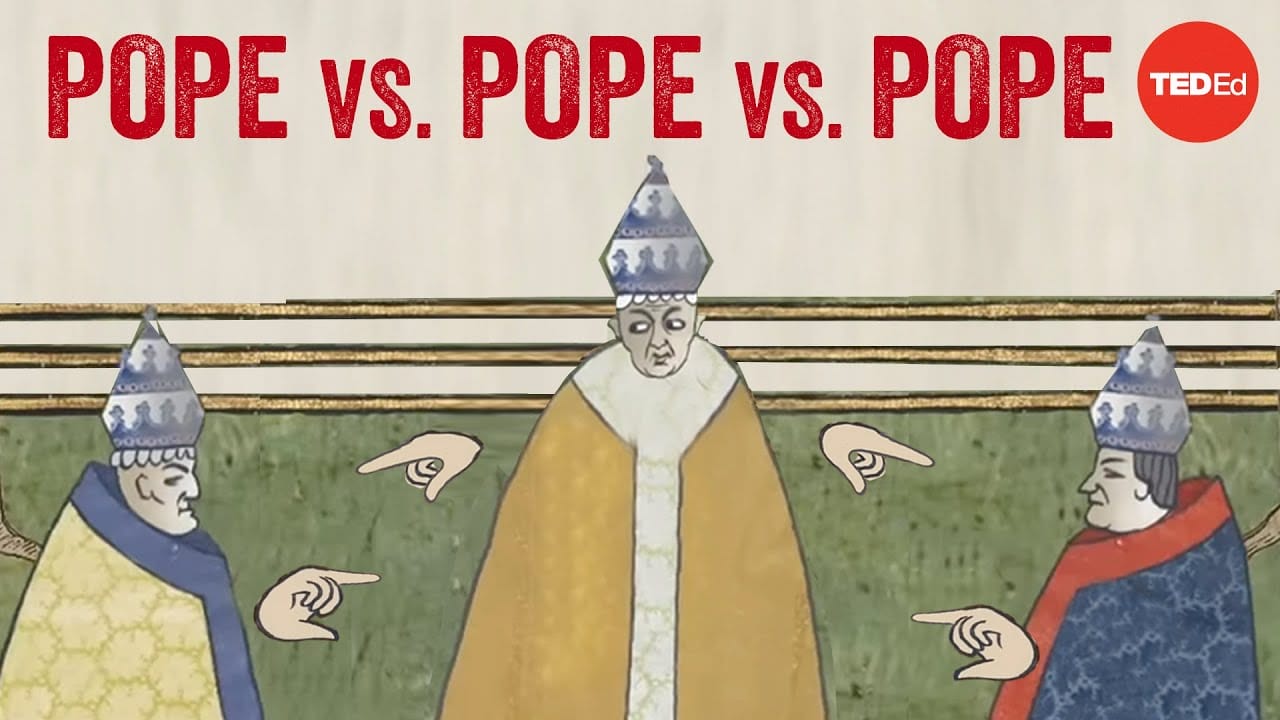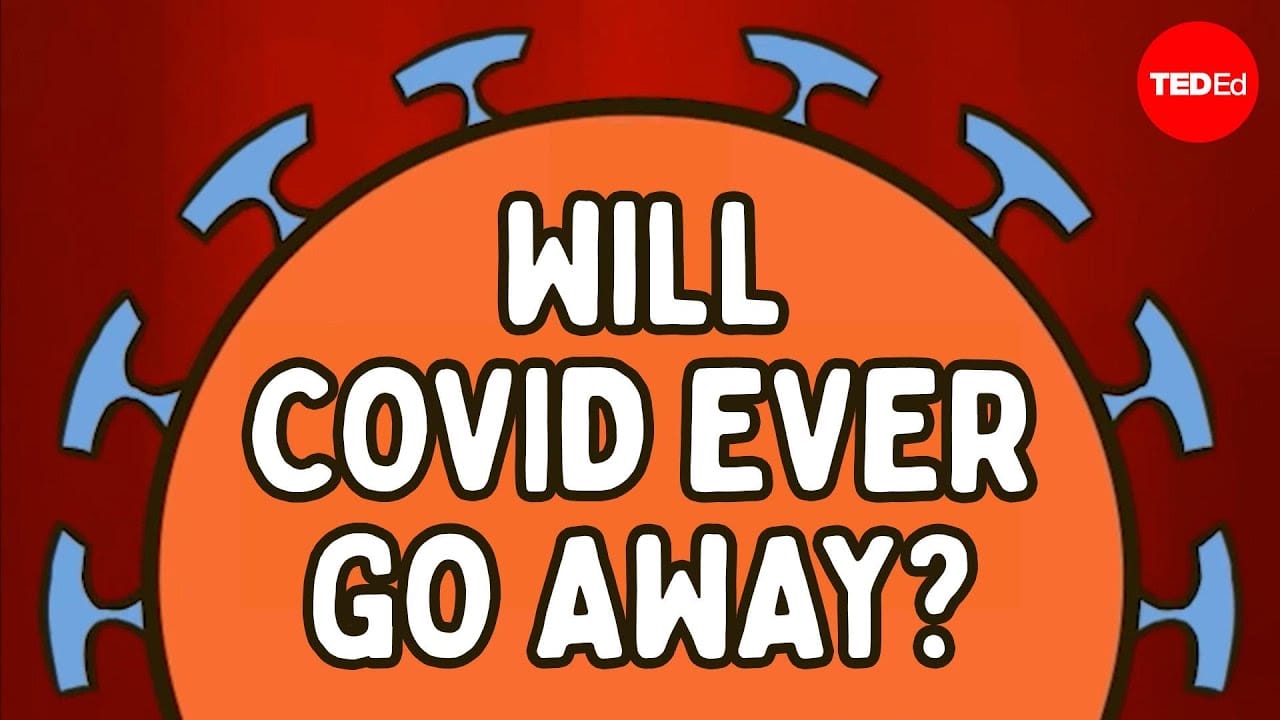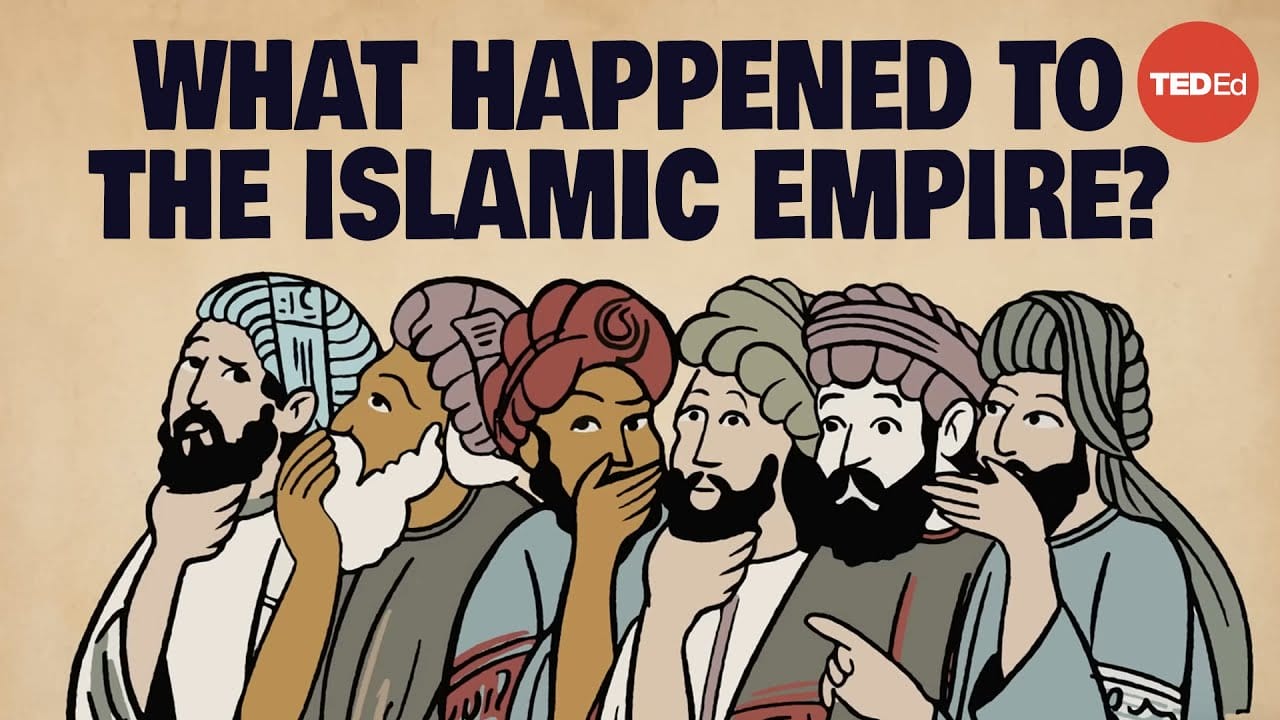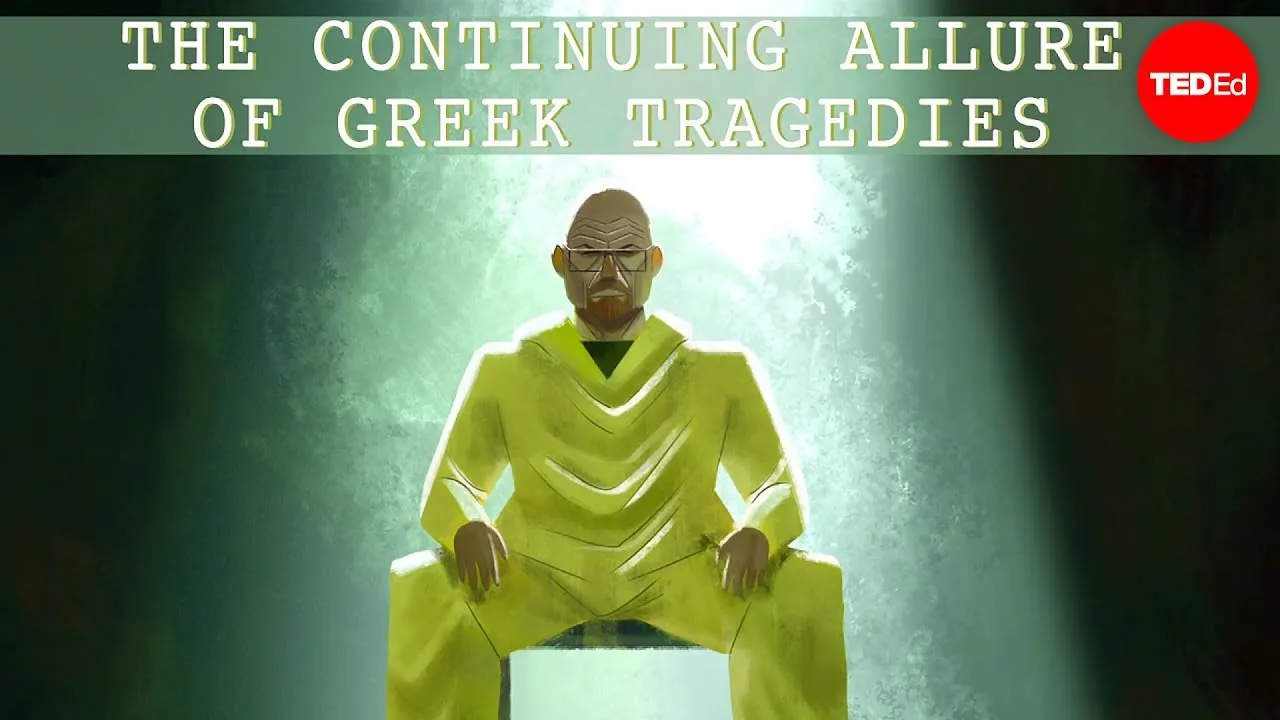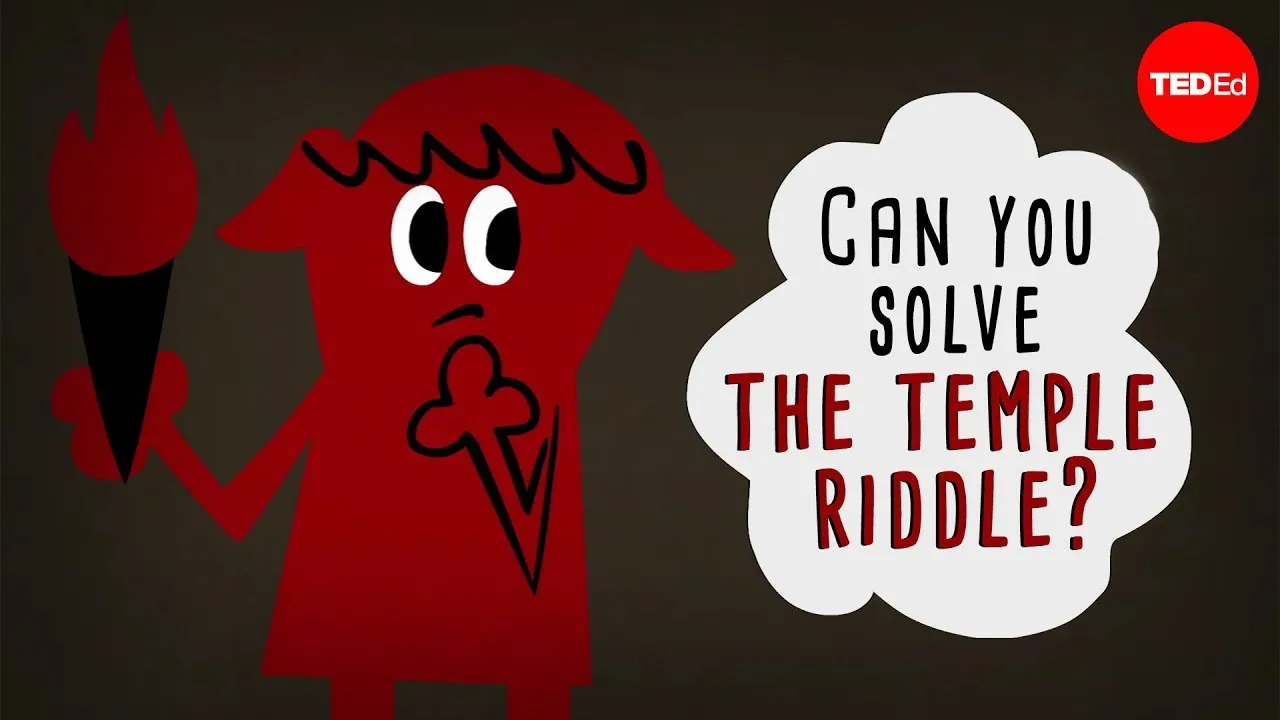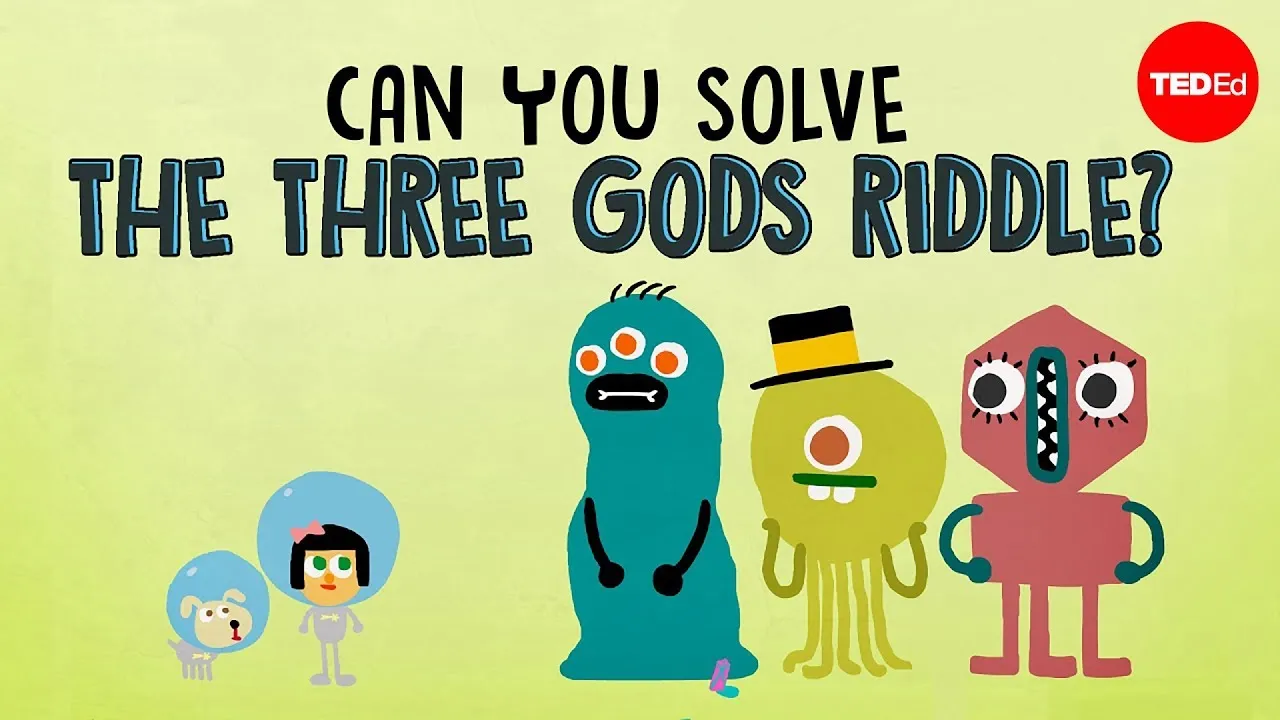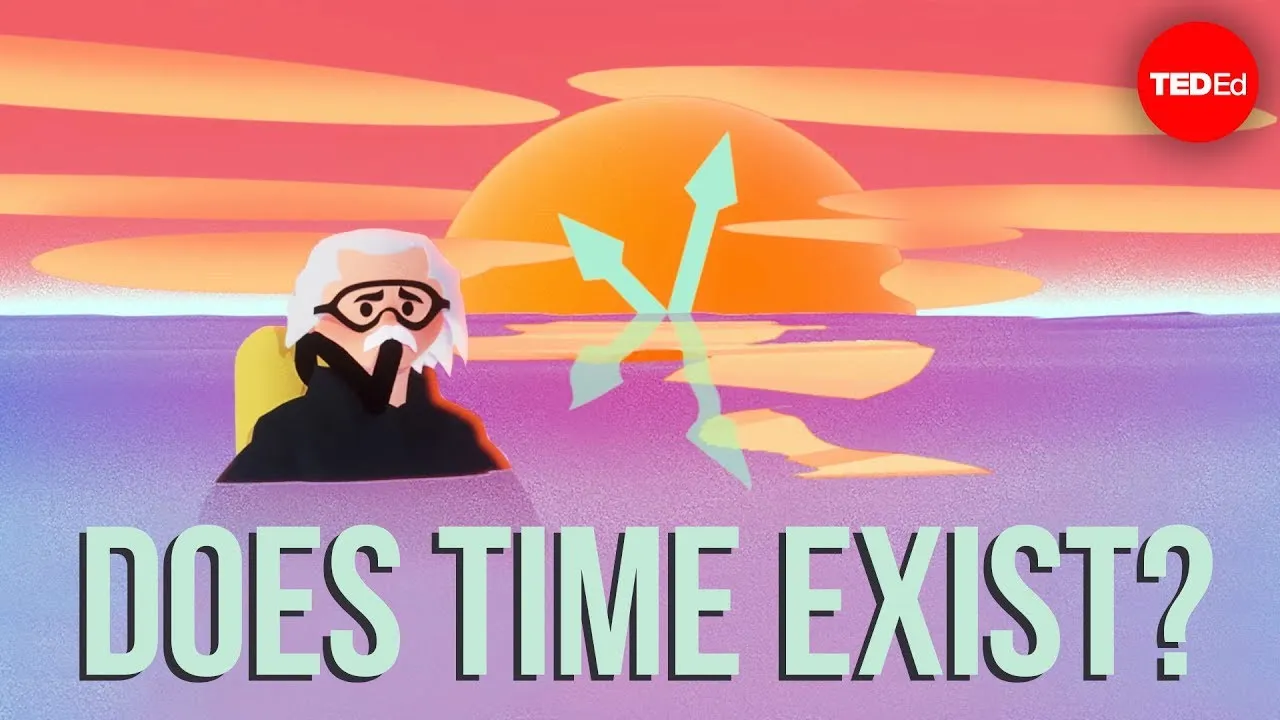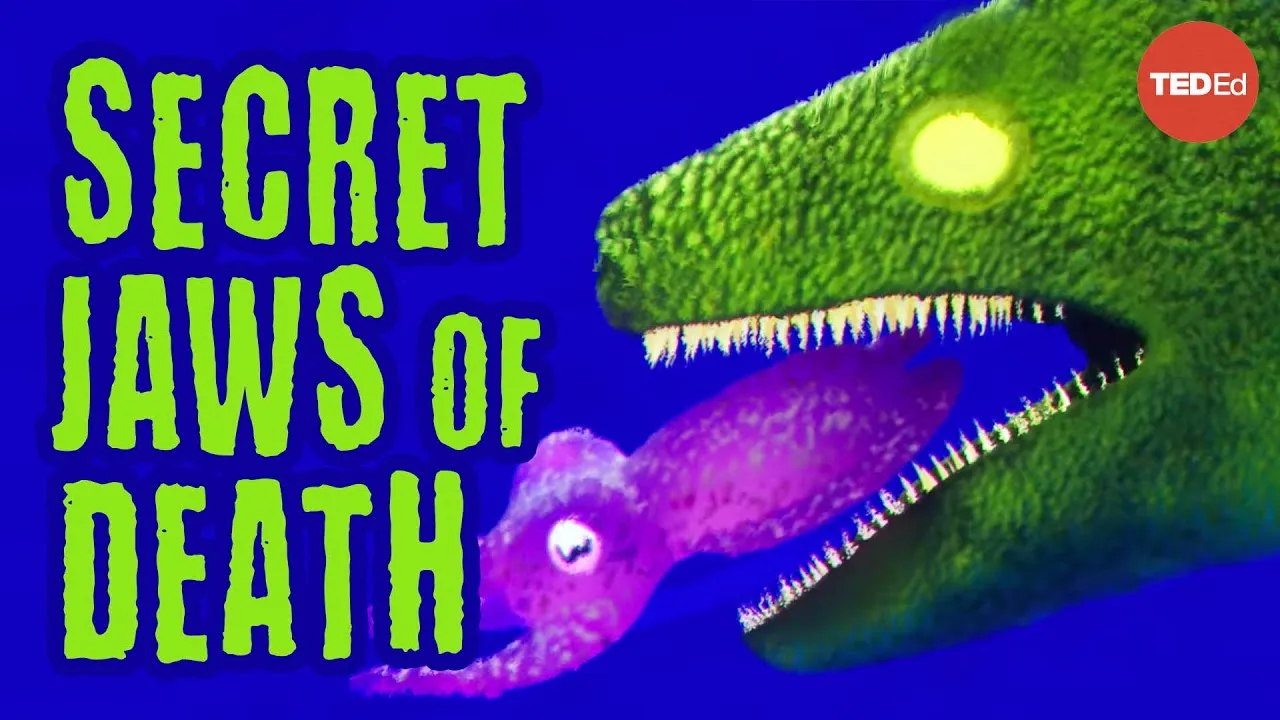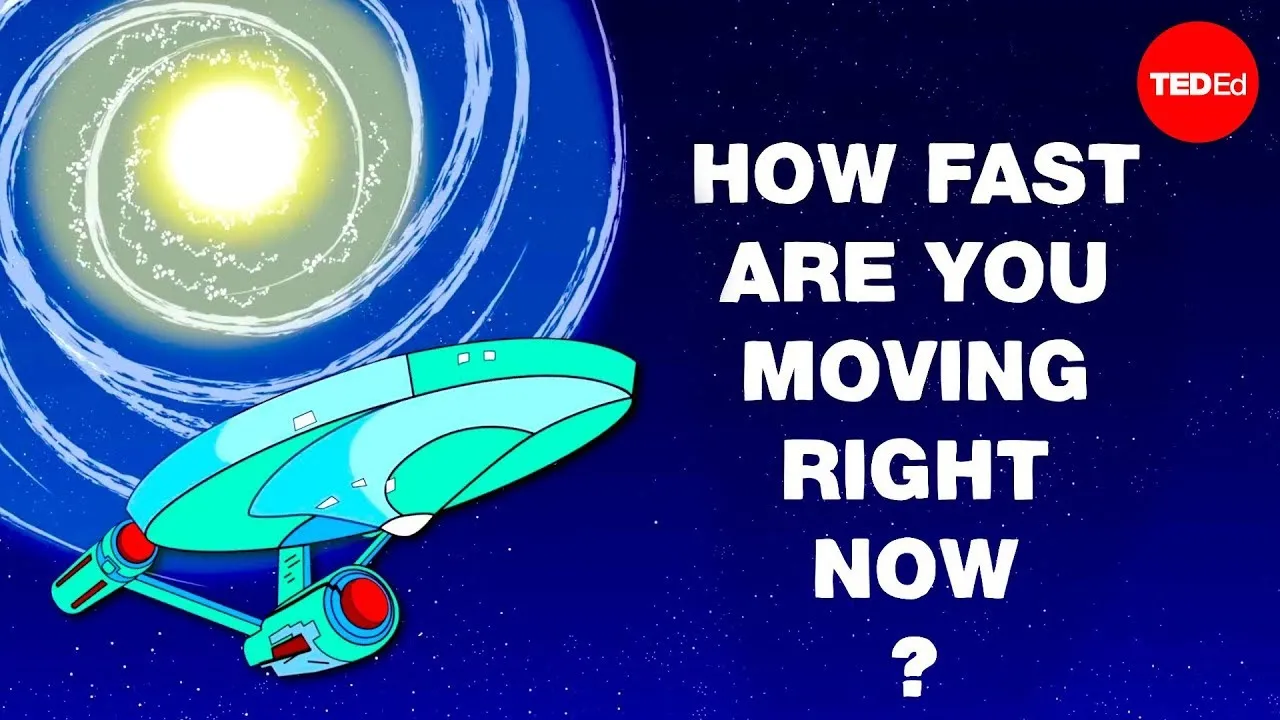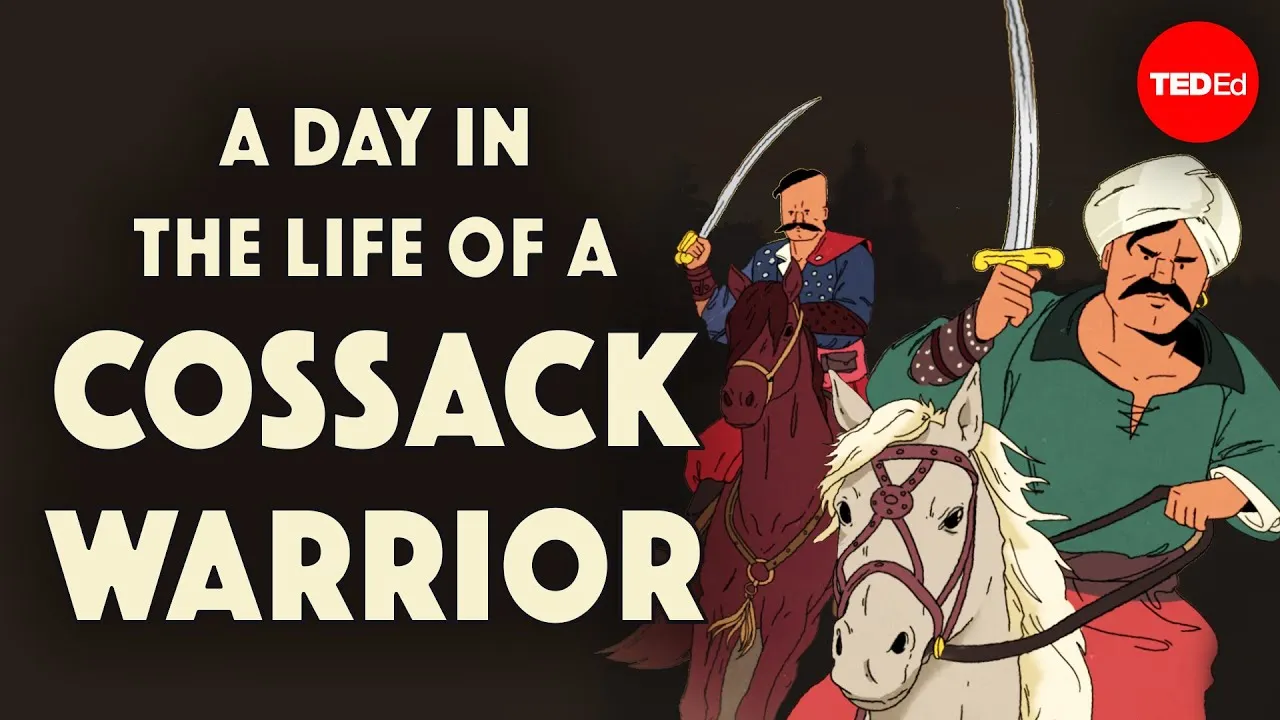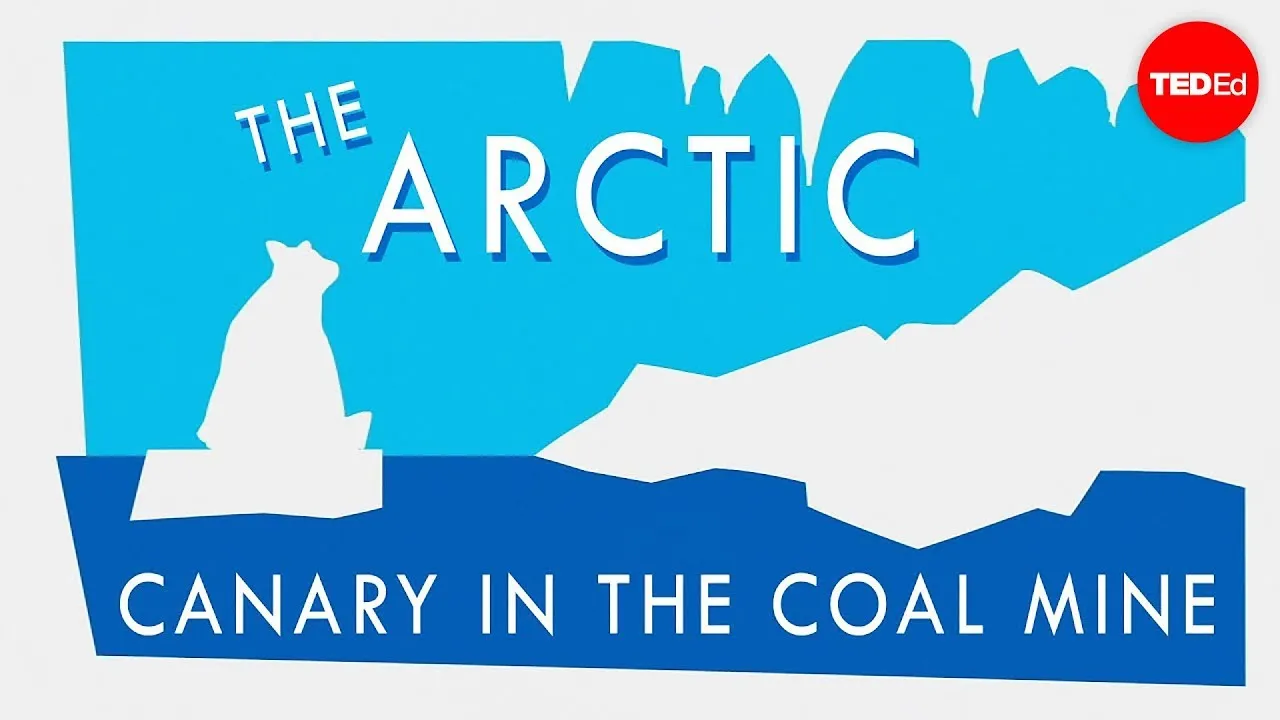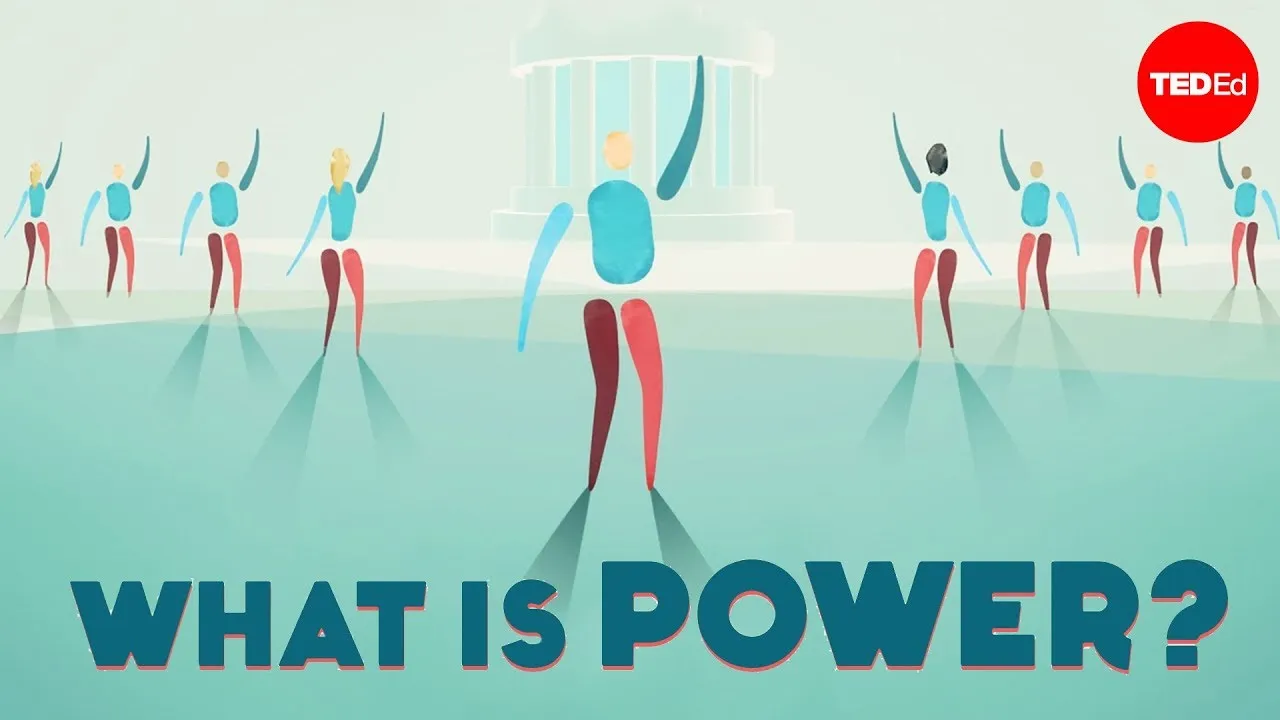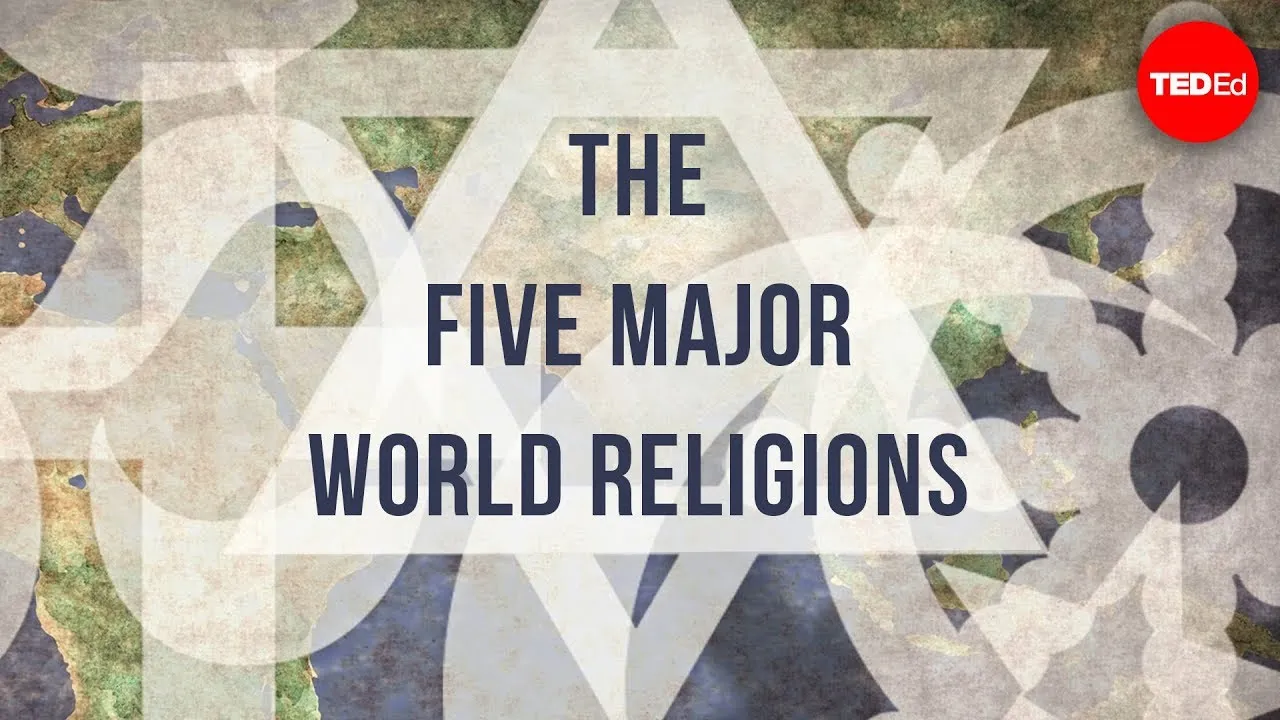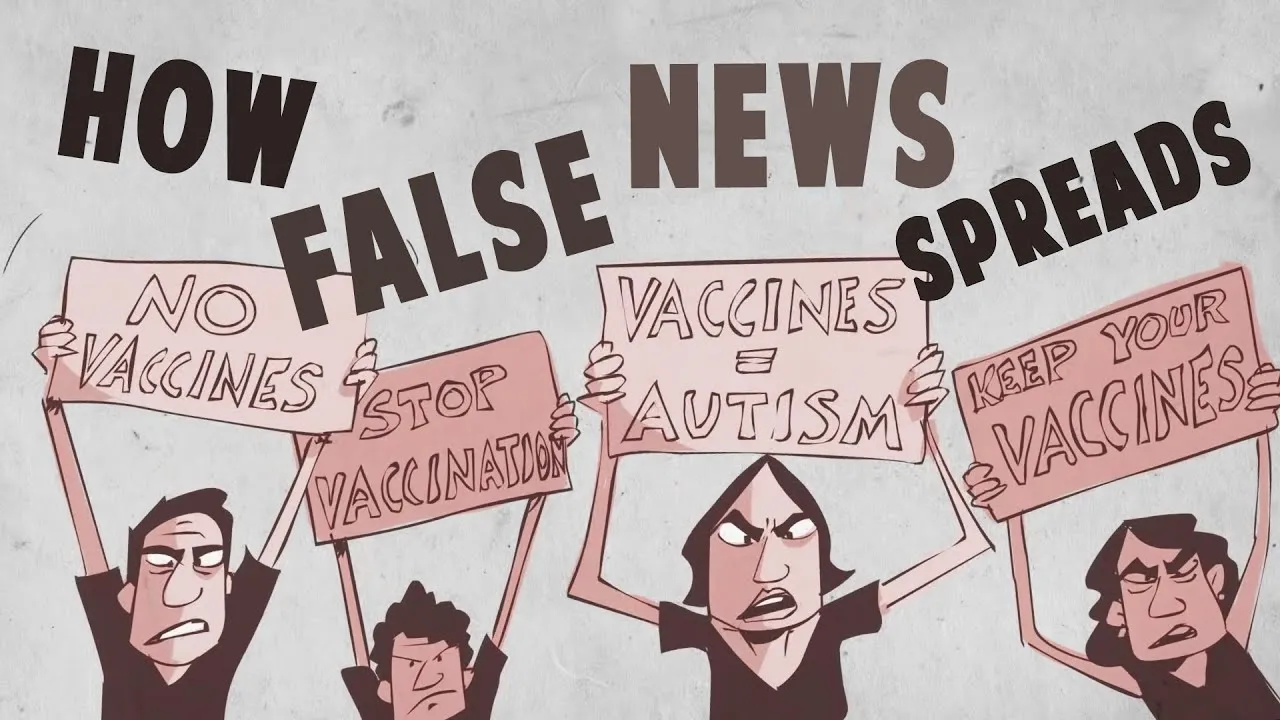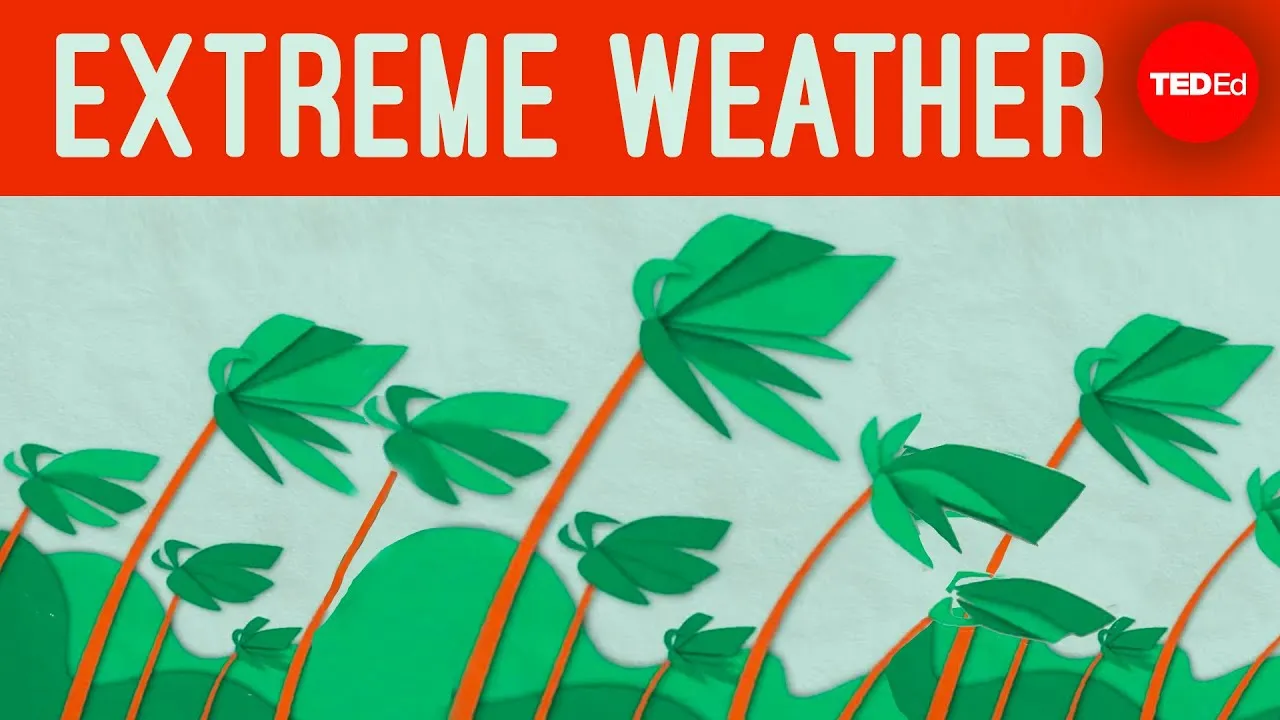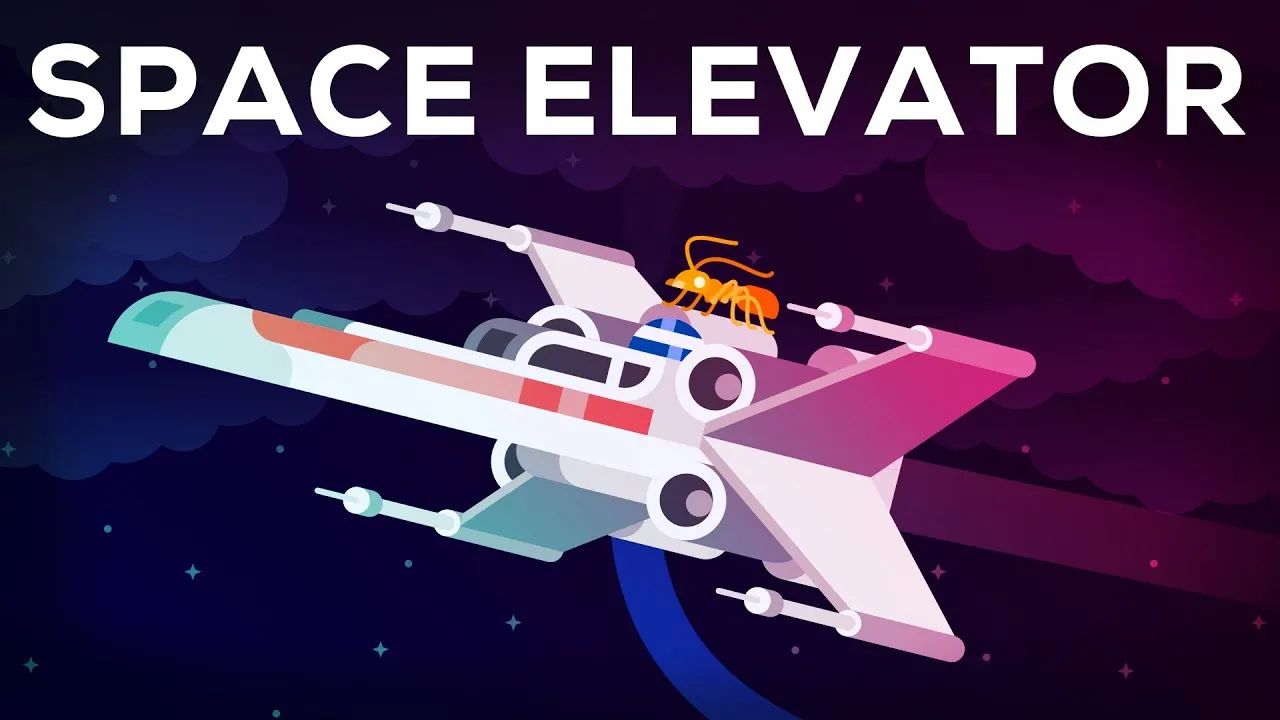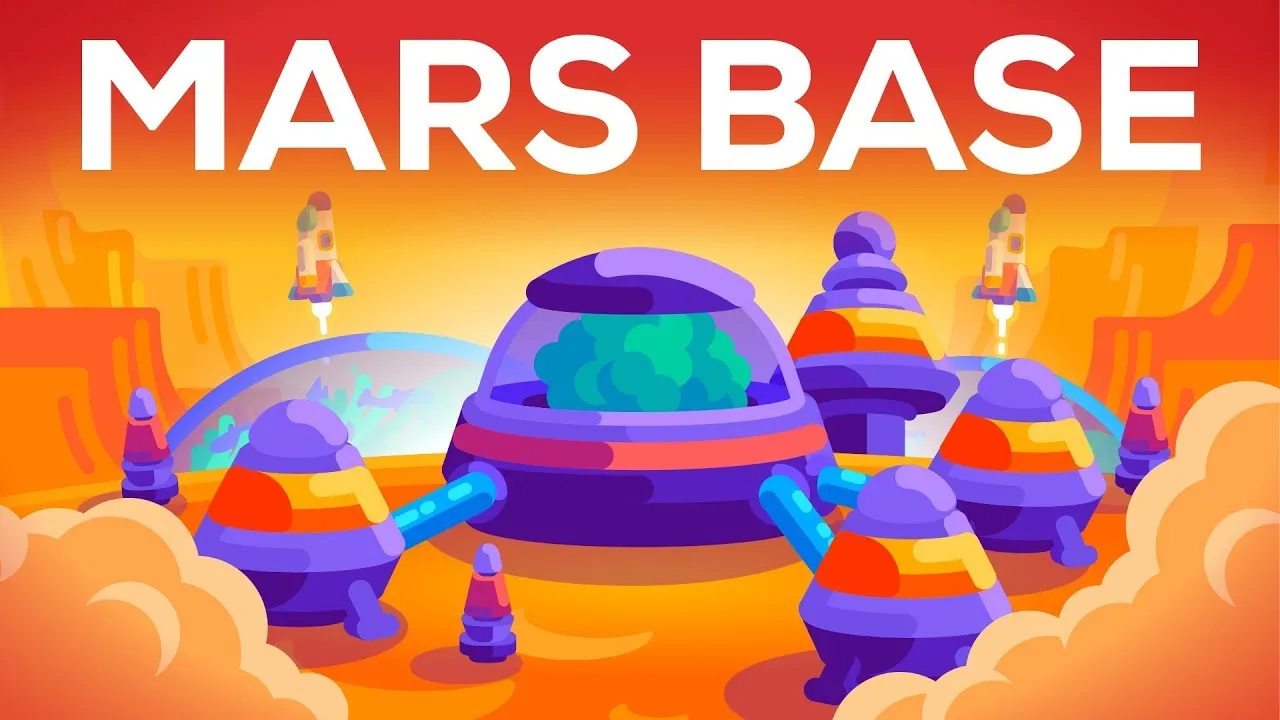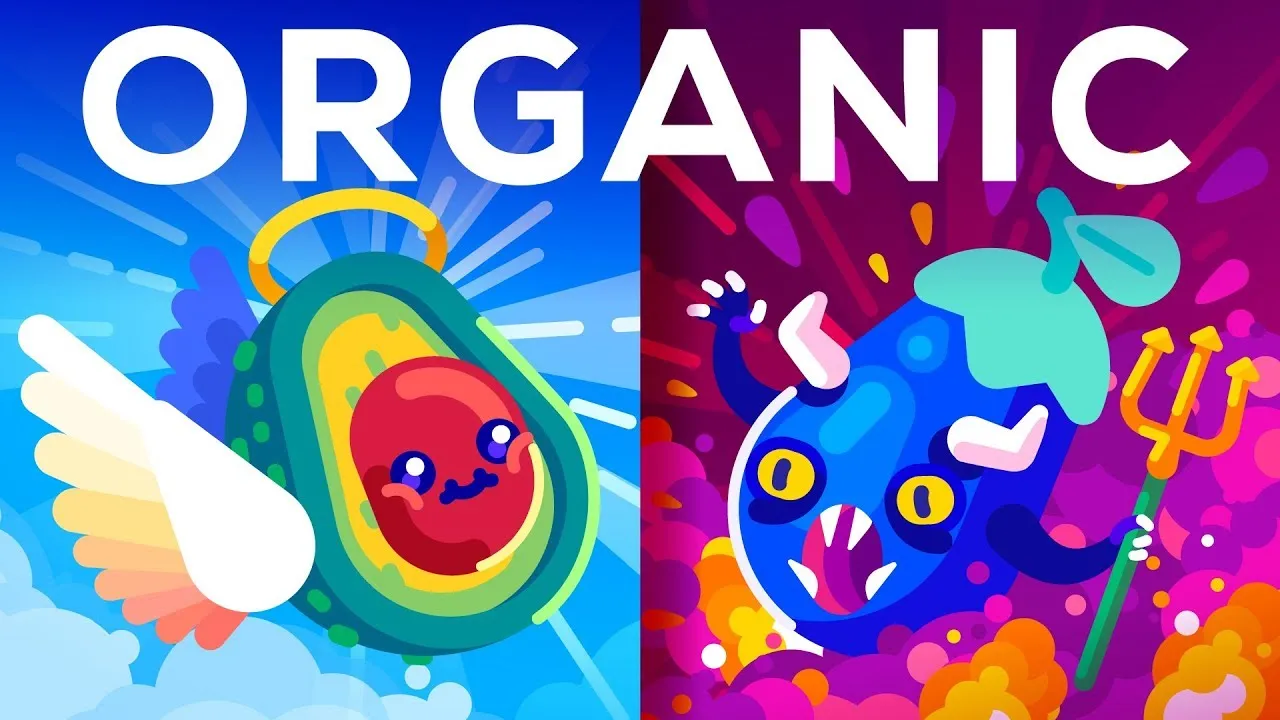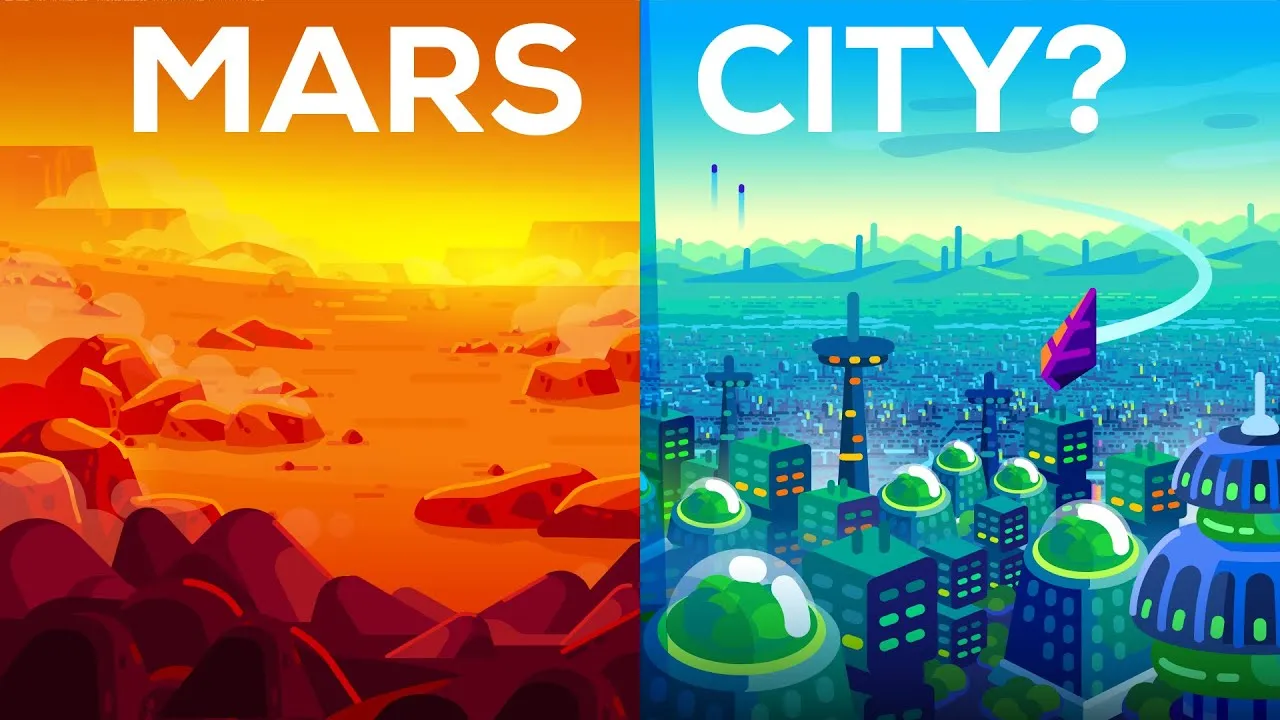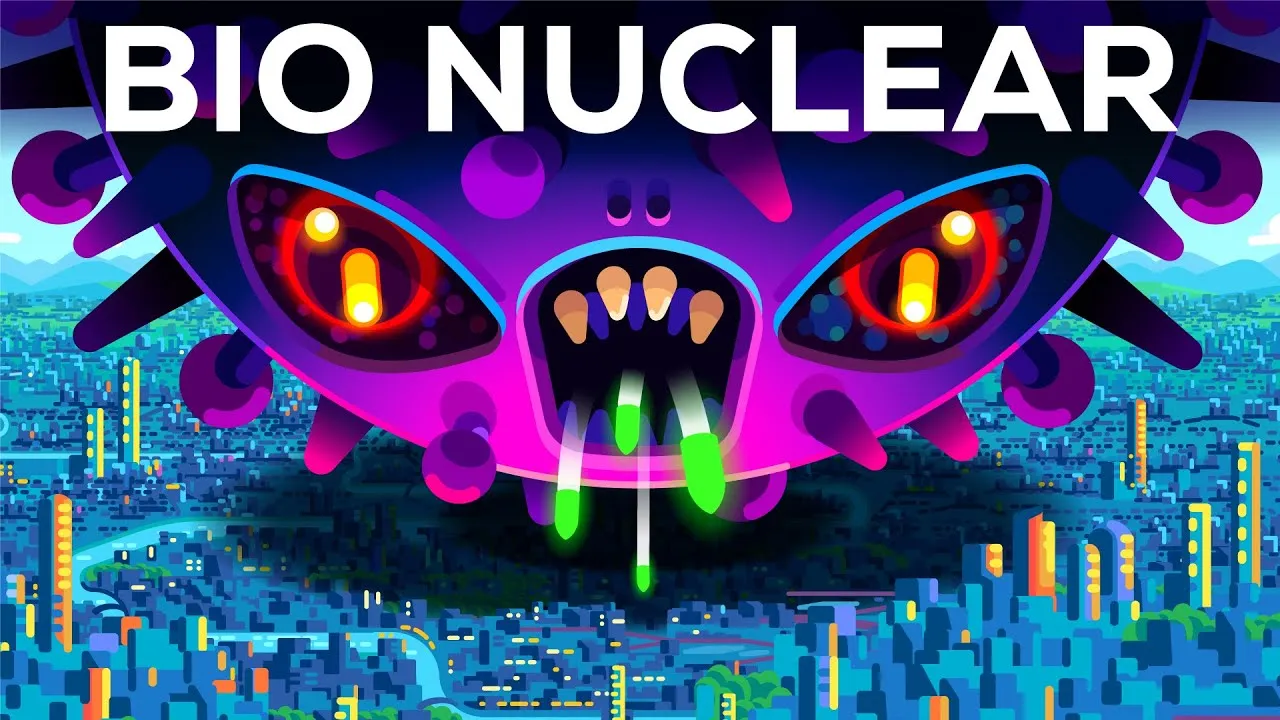Grade 10 Video Lessons
Boost your knowledge with our AI-guided video lessons, tailored for Grade 10 students! We've handpicked informative YouTube videos to make learning more dynamic and enriching.
Acne is a common skin disease that occurs when follicles and pores become clogged with dead skin cells and oils. It is caused by factors such as genetics, hormones, and stress. Treatments for acne aim to reduce sebum production, prevent bacterial growth, and lower inflammation, and can range from over-the-counter medications to prescription medications and procedures like dermabrasion or laser resurfacing.
The article discusses the search for extraterrestrial life and the use of the Drake equation to estimate the number of technological civilizations in the Milky Way Galaxy. While scientists have made progress in identifying exoplanets, the fractions related to life and intelligence are still uncertain. The article also highlights the importance of the number two in determining the abundance of life in the universe and the future implications of SETI's success in detecting a signal.
The article discusses the unique situation in the late 14th century when there were three popes. The origins of this predicament can be traced back to conflicts between the Church and the French monarchy. The schism lasted for 39 years until the Council of Constance in 1417, when a new Pope was elected and the schism was finally resolved.
The article discusses the clash between the Alpha and Delta variants of the coronavirus. Using a hypothetical scenario, it explains how the more transmissible Delta variant outcompetes and drives the Alpha variant towards extinction. The article also explores the ways in which viruses can go extinct, including running out of hosts, killing all hosts, or being outcompeted by another virus or strain. It concludes by discussing the possibility of SARS-CoV-2, the virus that causes COVID-19, going extinct and the potential for a universal vaccine to prevent all infections.
The article discusses the emergence of Islam in the 7th century and its impact on the world. It highlights the formation of a new empire under the leadership of Prophet Muhammad, the expansion and dissent within the empire, the rise of the Umayyad Dynasty and later the Abbasid Rule, and the eventual fall of the empire. Despite its decline, the Islamic Empire left a lasting legacy through its language, religion, and intellectual ideas.
The article explores the enduring appeal of Greek tragedy, focusing on the archetype of the tragic hero, who experiences a downfall due to a critical flaw, or *hamartia*. Using Sophocles's "Oedipus Rex" as a prime example, it illustrates how the hero's journey evokes fear and pity, leading to catharsis for the audience. The themes of Greek tragedy continue to resonate in modern storytelling, influencing works from Shakespeare to contemporary series like "Game of Thrones."
In "Escaping the Ancient Temple: A Puzzle of Trust and Strategy," a group of eight graduate students must navigate a collapsing temple after triggering a curse that affects two of their members. With time running out and the correct path to safety obscured, they devise a strategy to split into groups, allowing them to determine which students can be trusted based on their reports. Ultimately, they successfully escape the temple, confirming the possession of two students, and celebrate their survival while contemplating future adventures.
The lesson on Vemma Nutrition serves as a cautionary tale about the dangers of pyramid schemes, illustrating how the company initially presented an enticing opportunity for financial success through recruitment and product sales. Despite rapid growth and impressive revenue figures, the majority of participants ultimately lost money, revealing the deceptive nature of such schemes that prioritize recruitment over legitimate sales. The lesson emphasizes the importance of recognizing red flags and understanding the thin line between legitimate multi-level marketing and fraudulent pyramid schemes to protect individuals and communities from financial harm.
In "The Hardest Logic Puzzle: Deciphering Alien Overlords," participants must navigate a complex riddle involving three alien overlords—Tee, Eff, and Arr—who provide answers that are either always true, always false, or random. The challenge lies in formulating three strategic yes-or-no questions to identify each overlord, despite not knowing which of the two words means yes or no. By embedding hypothetical scenarios into their questions, participants can derive useful information regardless of the truthfulness of the answers, ultimately leading to the successful identification of the aliens and escape from the planet.
The lesson explores the complex nature of time, examining its measurement through natural cycles and the evolution of timekeeping methods. It delves into Einstein's theory of relativity, which reveals the non-uniformity of time's passage and introduces the concept of space-time, while also addressing the unidirectional flow of time defined by entropy. Ultimately, the lesson suggests that time may be an emergent property rather than a fundamental one, prompting ongoing exploration into its true nature within the universe.
The lesson explores the fascinating evolutionary adaptation of pharyngeal jaws in certain fish, which serve as a secondary set of jaws that enhance their ability to capture and process food. These specialized jaws, suspended in muscle, allow for diverse functionalities and adaptability to various diets, contributing to the remarkable diversity of fish species, particularly in cichlids. Overall, pharyngeal jaws exemplify nature's ingenuity, enabling fish to thrive in diverse aquatic environments.
The lesson on "The Relativity of Motion" explores how speed and rest are inherently relative concepts, dependent on the chosen frame of reference. It emphasizes that while constant speeds can be misleading and lack absolute meaning, changes in speed and rotational motion are absolute and can be physically felt and measured. This understanding is crucial for grasping the complexities of motion, as illustrated by historical examples from space exploration and the foundational principles of Galilean relativity.
The lesson explores the historical context of the Zaporozhian Cossacks in the 17th century, highlighting their struggle for independence amidst shifting alliances and internal divisions. As they navigate the aftermath of the Treaty of Żurawno and the challenges posed by their recent leadership changes, the Cossacks rally under Hetman Ivan Sirko to confront the Ottoman threat, reaffirming their commitment to freedom and unity. Ultimately, the lesson underscores the Cossacks' legacy as fierce guardians of autonomy, celebrated for their spirit of independence.
The lesson highlights the Arctic's critical role as an indicator of climate change, emphasizing its dynamic nature and susceptibility to feedback mechanisms that amplify atmospheric changes. Key processes such as reflectivity and insulation create positive feedback loops that accelerate warming and ice melt, while negative feedback loops can temporarily stabilize conditions. The implications of these feedbacks extend beyond the Arctic, potentially leading to extreme weather patterns globally and underscoring the region's importance in understanding climate dynamics.
The lesson "Understanding Power: Its Sources and Influence in Civic Life" explores the nature of power in democratic societies, emphasizing its role in shaping civic engagement and community decision-making. It identifies six sources of civic power—physical force, wealth, state action, social norms, ideas, and numbers—and outlines three fundamental laws of power: its dynamic nature, its fluidity, and its tendency to compound. Ultimately, the lesson encourages individuals to develop a literacy in power, advocating for a proactive approach to understanding and wielding power for the benefit of the community, while reflecting on the ethical implications of their pursuit of power.
The lesson "The Quest for Meaning: An Exploration of World Religions" examines how various religions have emerged throughout history to address fundamental human questions about existence, purpose, and the afterlife. It highlights the diverse beliefs of major religions, including Hinduism, Judaism, Buddhism, Christianity, and Islam, each offering unique perspectives and practices that guide adherents in their search for meaning and understanding in life. Ultimately, the lesson underscores the universal human desire for purpose and connection to something greater than oneself, despite the differences in religious beliefs and traditions.
The lesson discusses the rapid spread of misinformation through a phenomenon known as circular reporting, where false information is recycled among publications, creating the illusion of credibility. It highlights the dangers of this practice, exemplified by the anti-vaccination movement stemming from a discredited study, and emphasizes the role of modern communication technology and user-generated content in exacerbating the issue. To combat misinformation, the lesson advocates for careful verification of sources and critical evaluation of information before dissemination.
The lesson explores the relationship between climate change and the increasing frequency of extreme weather events, highlighting the distinction between weather and climate. While weather refers to short-term atmospheric conditions, climate encompasses long-term patterns, and slight changes in climate can significantly influence chaotic weather systems. The lesson emphasizes that human activities are accelerating climate change, which in turn raises the likelihood of extreme weather occurrences, underscoring the importance of addressing these behaviors to protect the environment for future generations.
The lesson explores the innovative concept of a space elevator as a potential solution to the challenges of space travel, highlighting its mechanics, cost-effectiveness, and design components. By utilizing Earth's rotational energy, a space elevator could significantly reduce the cost of launching payloads into space, making space exploration more accessible. Despite the considerable engineering challenges and risks involved, the pursuit of building a space elevator could lead to advancements in technology and a new era of human space exploration.
The lesson "The Invisible World Within: Understanding the Microbiome" explores the complex relationship between humans and the myriad of microorganisms that inhabit our bodies and environment. It highlights the critical role of the microbiome in health, from its development during birth to its influence on digestion, mental health, and disease susceptibility. The lesson emphasizes the importance of maintaining a balanced microbiome through dietary choices and ongoing research to fully understand its impact on overall well-being.
The lesson explores the complexities and potential of colonizing Mars, highlighting the need for a semi-permanent outpost as a precursor to larger human settlement. It addresses significant challenges such as energy scarcity, creating a livable environment, managing Mars' toxic soil and dust, and the psychological impacts of low gravity and isolation. Despite these hurdles, the pursuit of establishing a human presence on Mars is framed as a monumental yet achievable goal, promising a future of interplanetary exploration and habitation.
The lesson explores the rise of organic food, highlighting its growing popularity and the complexities surrounding its definition, health benefits, and environmental impact. While organic products are often perceived as healthier and more ethical, research indicates only minor nutritional differences compared to conventional foods, and the environmental benefits are nuanced. Ultimately, the lesson emphasizes the importance of informed choices and a balanced approach to food consumption, prioritizing overall diet quality and local, seasonal produce over strict adherence to organic labels.
The lesson discusses the ambitious concept of terraforming Mars, transforming it from a barren wasteland into a habitable planet. It outlines the challenges of recreating a suitable atmosphere, including the use of powerful lasers to release trapped gases and the necessity of adding nitrogen from Titan, Saturn's moon. Ultimately, the lesson emphasizes the long-term vision and resources required to create a sustainable biosphere on Mars, highlighting the potential for humanity to establish a new home among the stars.
The lesson discusses the rapid advancements in biotechnology, highlighting its transformative potential in areas like medicine and agriculture, while also acknowledging the significant risks it poses, such as the creation of dangerous viruses. It emphasizes the need for a balanced approach to biotechnology that prioritizes safety and responsible management to harness its benefits while mitigating potential disasters. Ultimately, the lesson calls for careful oversight and innovative solutions to ensure biotechnology contributes positively to society.

